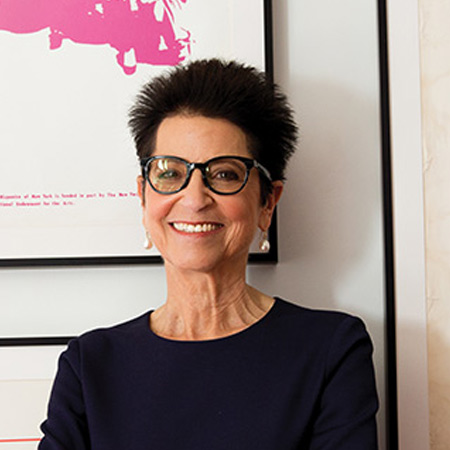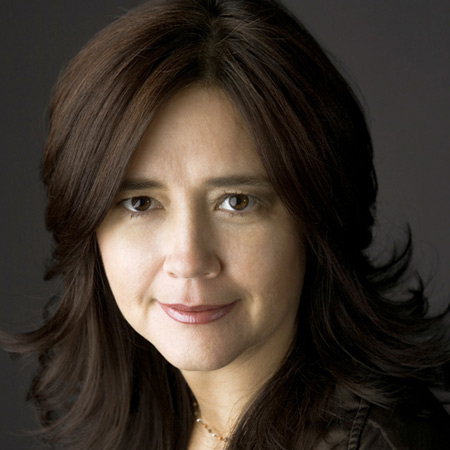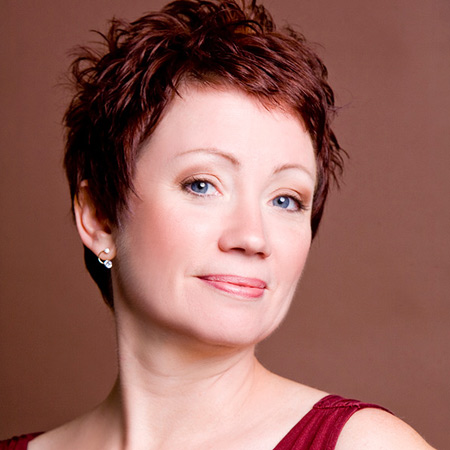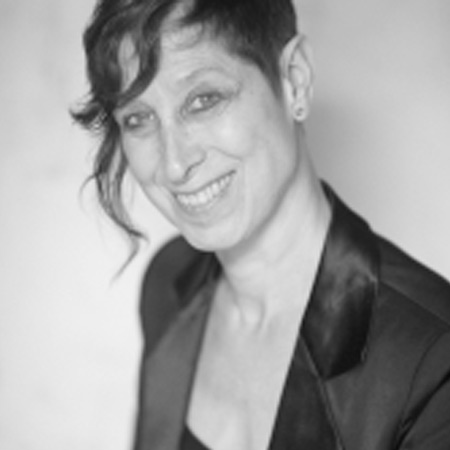Teachers College’s new Arnhold Institute for Dance Education Research, Policy & Leadership, created with a $6.085 million gift from Jody and John Arnhold, will be unique and unprecedented – but to leaders in the dance world, the need could not be clearer.
“Children are our youngest artists,” says Jody Gottfried Arnhold (M.A. ’73), a Teachers College alumna who has been called “the godmother of dance” by The Wall Street Journal. “We have a responsibility to them. We also know that the experience of dance gives children another way to express themselves. It involves them in collaborative learning, problem-solving, and brings them to the realization that, in any endeavor, the first time is not always best – it is important to reflect on what you have done and then try it again.”

Dance gives children another way to express themselves. It involves them in collaborative learning, problem-solving, and brings them to the realization that, in any endeavor, the first time is not always best – it is important to reflect on what you have done and then try it again.
[Read the announcement of the gift from Jody and John Arnhold establishing the Arnhold Institute at Teachers College. Read a profile of Jody Gottfried Arnhold that appeared in TC Today, the magazine of Teachers College.]
Yet despite these benefits, “We are fighting ignorance about dance and what dance can do educationally,” says Ana Fragoso, Director of Dance at New York City’s Department of Education (DOE). “People watch ‘Dancing with the Stars,’ and they see the performance value, the entertainment value, but few understand the educational value. Any research that can help support real understanding will be crucial as an advocacy tool to convince those in power to support dance.”
Paul King, Executive Director of the Office of the Arts and Special Projects at the DOE, puts it more simply: “To change a cultural perspective about dance, data and research are needed.”

We are fighting ignorance about dance and what dance can do educationally.
Powering a National Movement
Like other major hubs at Teachers College such as the Community College Research Center, the Arnhold Institute will provide the critical expertise and framework to power a national movement that starts at the grassroots level. The Institute will expand the evidence base in dance education through new research and the reevaluation of existing knowledge in the field. It will generate policy recommendations that can persuade parents to demand dance instruction in their children’s schools, prompt school principals to say “yes,” and convince legislators to approve funding. The Institute will develop TC’s doctoral students as leaders capable of driving change in school districts and statehouses across the nation. And it will advance teachers as leaders.

To change a cultural perspective about dance, data and research are needed.
“To have successful dance programs in educational contexts takes immense leadership capacity,” says Barbara Bashaw, TC’s newly named Arnhold Professor of Practice, Director of the Dance Education Program and Director of the Arnhold Institute of Dance Education Research, Policy & Leadership.
A former NYCDOE PK-12 dance educator and a pioneer of several university dance teacher certification programs, Bashaw points to an ambivalence in academia that has historically overlooked PK-12 and university dance educators as innovators and leaders within their communities. These educators and leaders “are often the ‘glue in the school,’ initiating and facilitating collaborative interdisciplinary learning enterprises in their buildings and campuses,” Bashaw says.

Through participatory research, we could gain an understanding of how dance educators are constructing leadership, which might also lead to insights on how to prevent dance teacher attrition, a significant problem for the field.
The research embarked upon by the Arnhold Institute will convene professionals, produce policy reports and other publications, and act as “a leadership academy for dance educators,” Bashaw says. “For example, through participatory research, we could gain an understanding of how dance educators are constructing leadership, which might also lead to insights on how to prevent dance teacher attrition, a significant problem for the field.”

Jody really has thought of everything here. We are very fortunate to have a philanthropist-expert like Jody Arnhold. I can’t think of another community that has quite that person.
“Jody really has thought of everything here,” says Joan Finkelstein, Executive Director of the Harkness Foundation. “We are very fortunate to have a philanthropist-expert like Jody Arnhold. I can’t think of another community that has quite that person.”
Bridging Art and Academia
In part, the Institute will address the misperception that, as an art form – and a physical art form, in particular – dance somehow lacks “academic” value. To the contrary, says Ted Warburton, Professor of Theater Arts at the University of California, Santa Cruz, who will join the Arnhold Institute next year as its inaugural Senior Fellow, researchers increasingly find that the process of learning is deeply physical. “People understand and retain information better when they experience it through the senses – and such ‘embodied learning’ has been shown to be especially powerful for young children,” Warburton says. A former dancer with American Ballet Theatre, Warburton holds a doctorate in human development and psychology from Harvard. “Cognitions and emotions are interwoven,” he says. “And that describes the experience of dance.”

People understand and retain information better when they experience it through the senses – and such ‘embodied learning’ has been shown to be especially powerful for young children. And that describes the experience of dance.
In fact, dance can impart lessons well beyond the aesthetic. “We are using dance as a tool to teach students awareness of how they interact as a community,” says Virginia Johnson, Artistic Director of Dance Theatre of Harlem. “There are wonderful programs that use dance to teach math, or dance to teach social studies.

I look forward to the Institute as it does its research and expands policy around dance in education. It will enable people to see around what they thought dance could do, to what it actually can do.
“I look forward to the Institute as it does its research and expands policy around dance in education,” Johnson adds. “It will enable people to see around what they thought dance could do, to what it actually can do.”
Bashaw also cites the need to address, at all levels, disparities in access to dance education that limit the pool of teaching talent. “There is an historic cycle of inequity in our nation that unjustly limits who gets to study dance and ultimately gains entry into the artistry and teaching professions,” she says. “All children, regardless of ethnicity, gender, economics or ability, deserve an opportunity to learn in and through dance.”

We need to give all our students the tools so they continue to foster their own creativity. Think about Hamilton – it might never have been done.
Eduardo Vilaro, artistic director and CEO of Ballet Hispánico, similarly sees a need to “decolonize” dance and dance education, so that it is no longer about “the haves and have-nots.”
“We need to give all our students the tools so they continue to foster their own creativity,” said Vilaro. “Think about Hamilton – it might never have been done. In order for the world to start looking at itself in its own true identity, we need institutions that really open up a window to the needs of the community in total.”
Making Partnerships Central
To that end, the Institute will make partnership-building an early priority, Bashaw says – and Arnhold’s connections will be an enormous resource.
“These will be real partnerships,” Arnhold says. “We need cultural organizations and people who are interested in joining us in this ‘biggest think’ about dance education. We must all work together. It is that important.”
We are going to see audiences grow; we are going to see appreciation for the art form grow; we are going to see a generation of individuals who have a broader intellectual capacity and curiosity.
Indeed, with the Arnhold Institute’s efforts to bring research and policy into practice, says John Tomlinson, Executive Director of the Paul Taylor Dance Company, “We are going to see audiences grow; we are going to see appreciation for the art form grow; we are going to see a generation of individuals who have a broader intellectual capacity and curiosity. That goes beyond the arts: it goes into politics, into business, into our social fabric. The next generation is going to be better off as a society as they are going to experience the world in a different and better way.”
Arnhold herself puts it succinctly.
“Dance educators are my heroes, from beginning teachers to master teachers, some of whom are enrolled in our doctoral program. I consider them to be at the highest level of achievement. I would like them to be famous the way dance artists are famous – because they are working with our youngest artists – children and teens in our schools.”